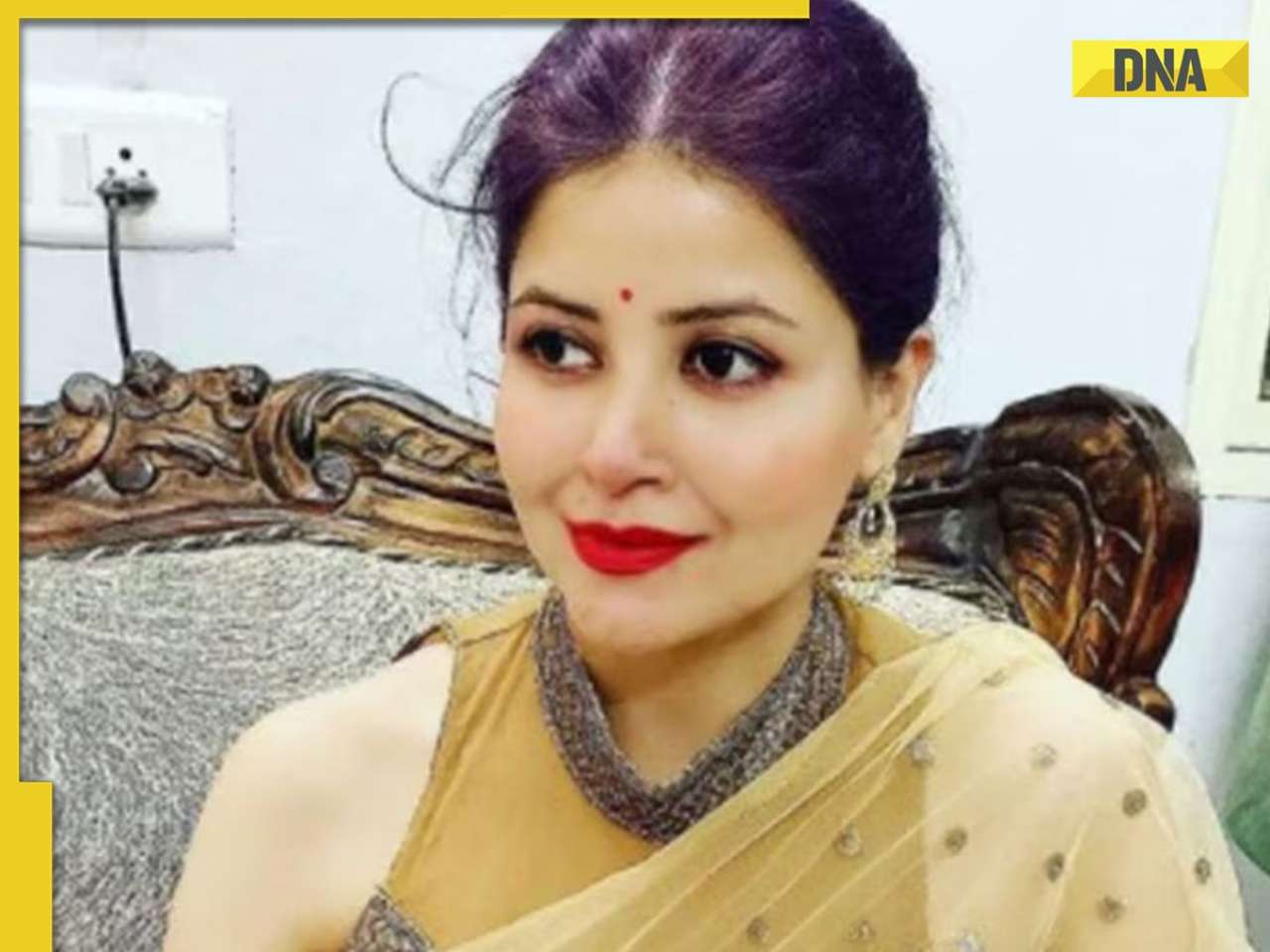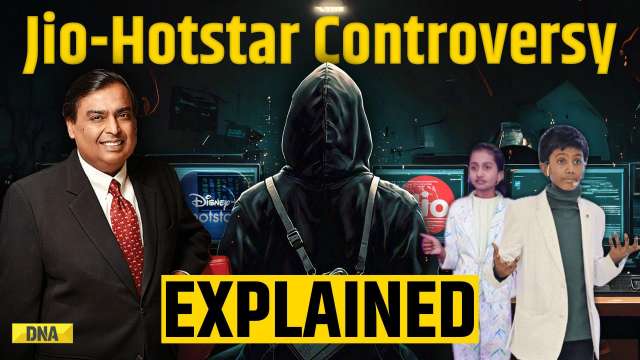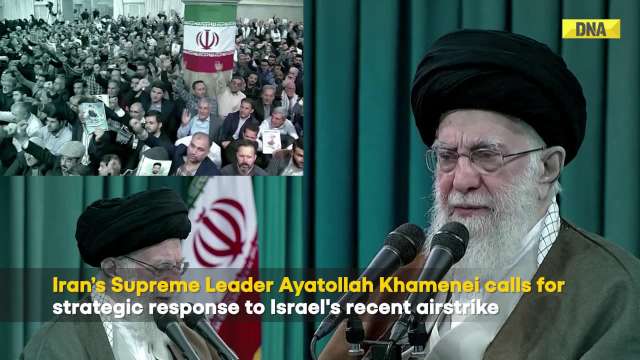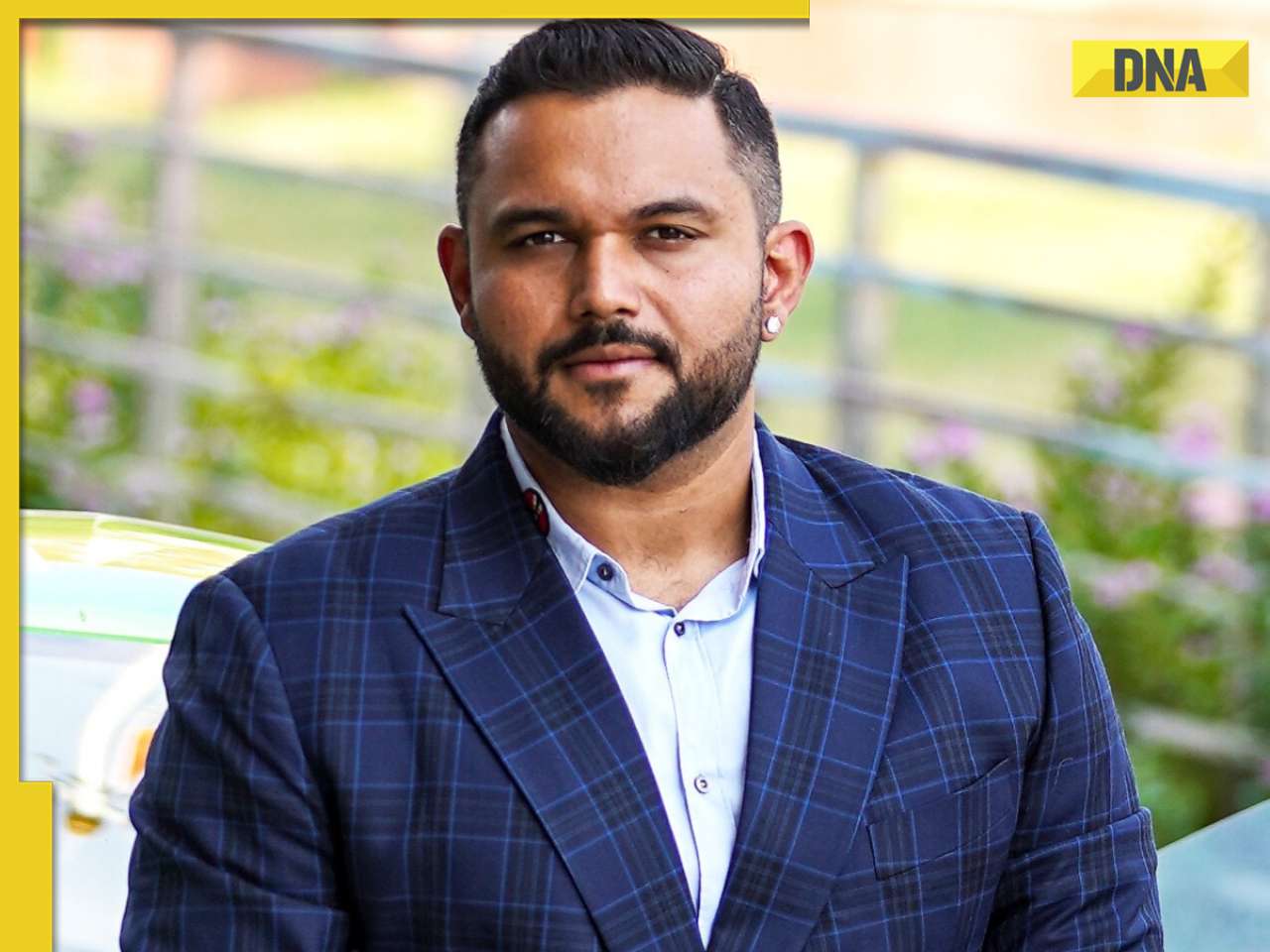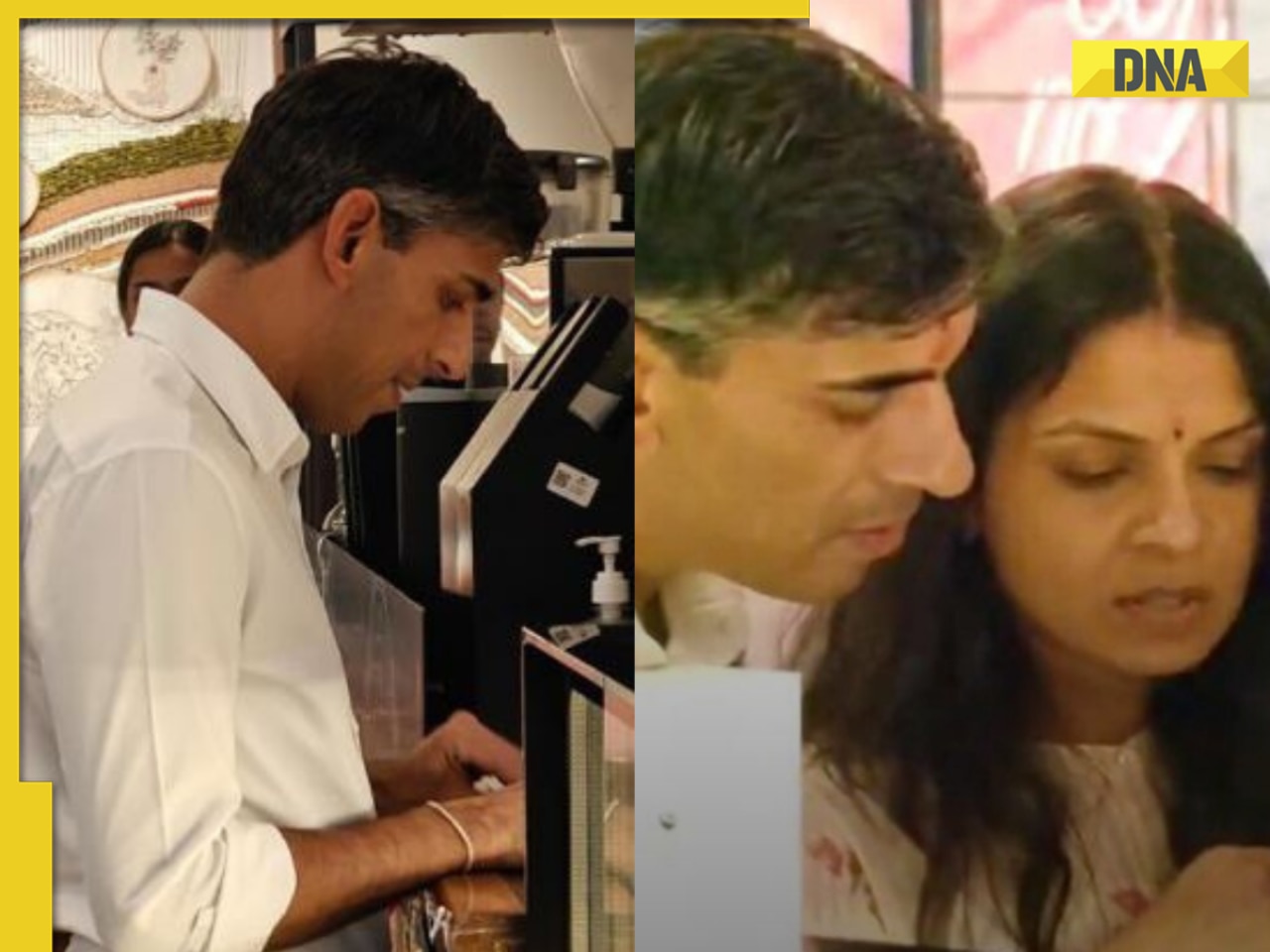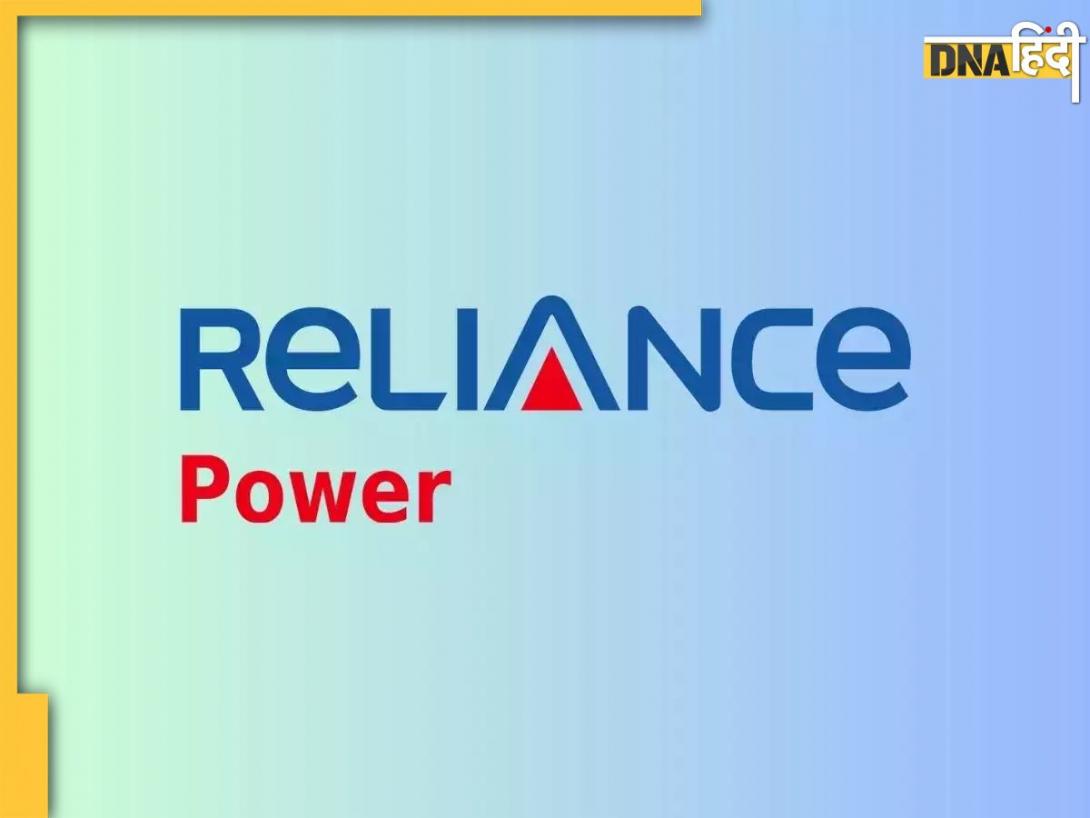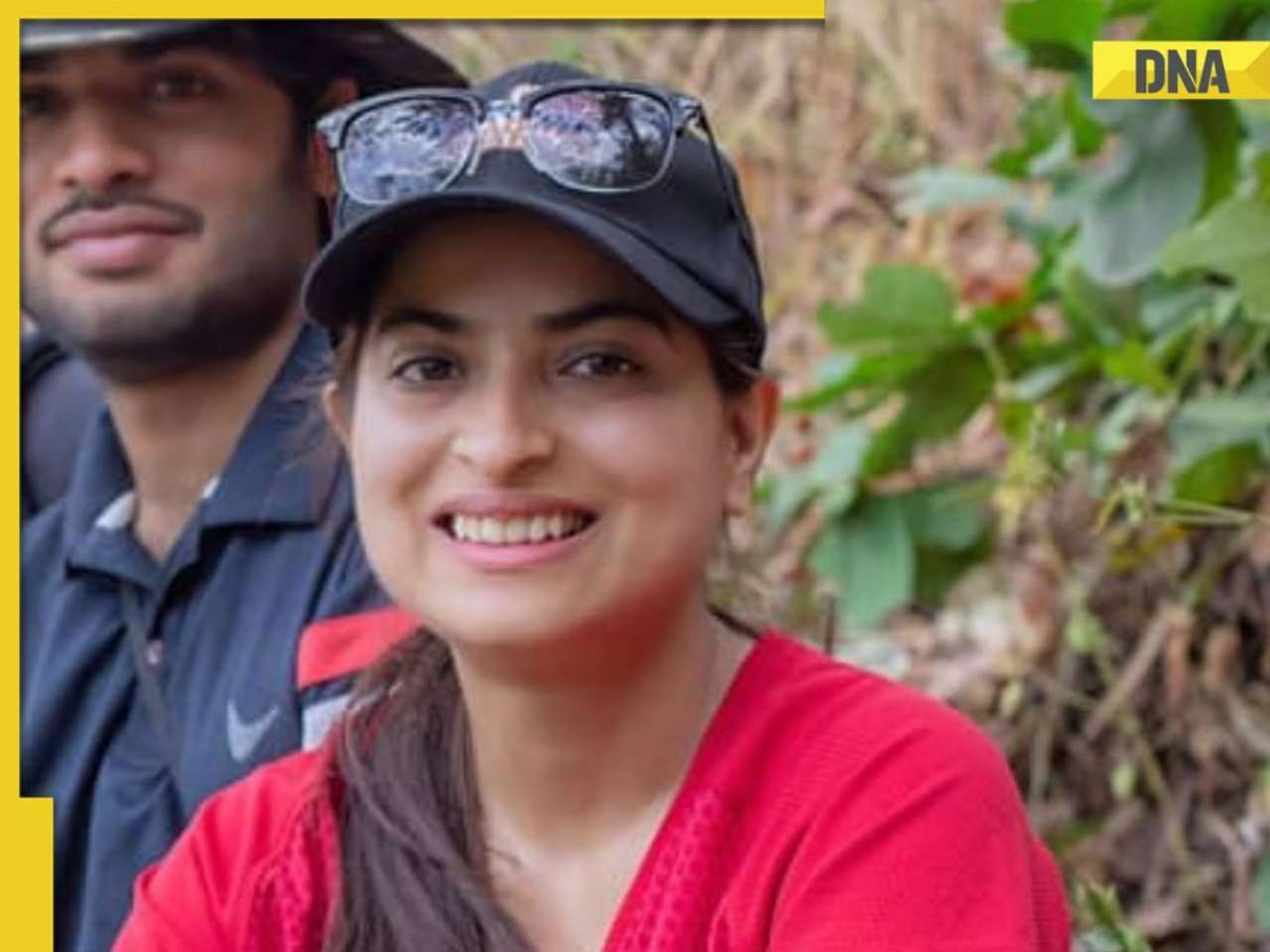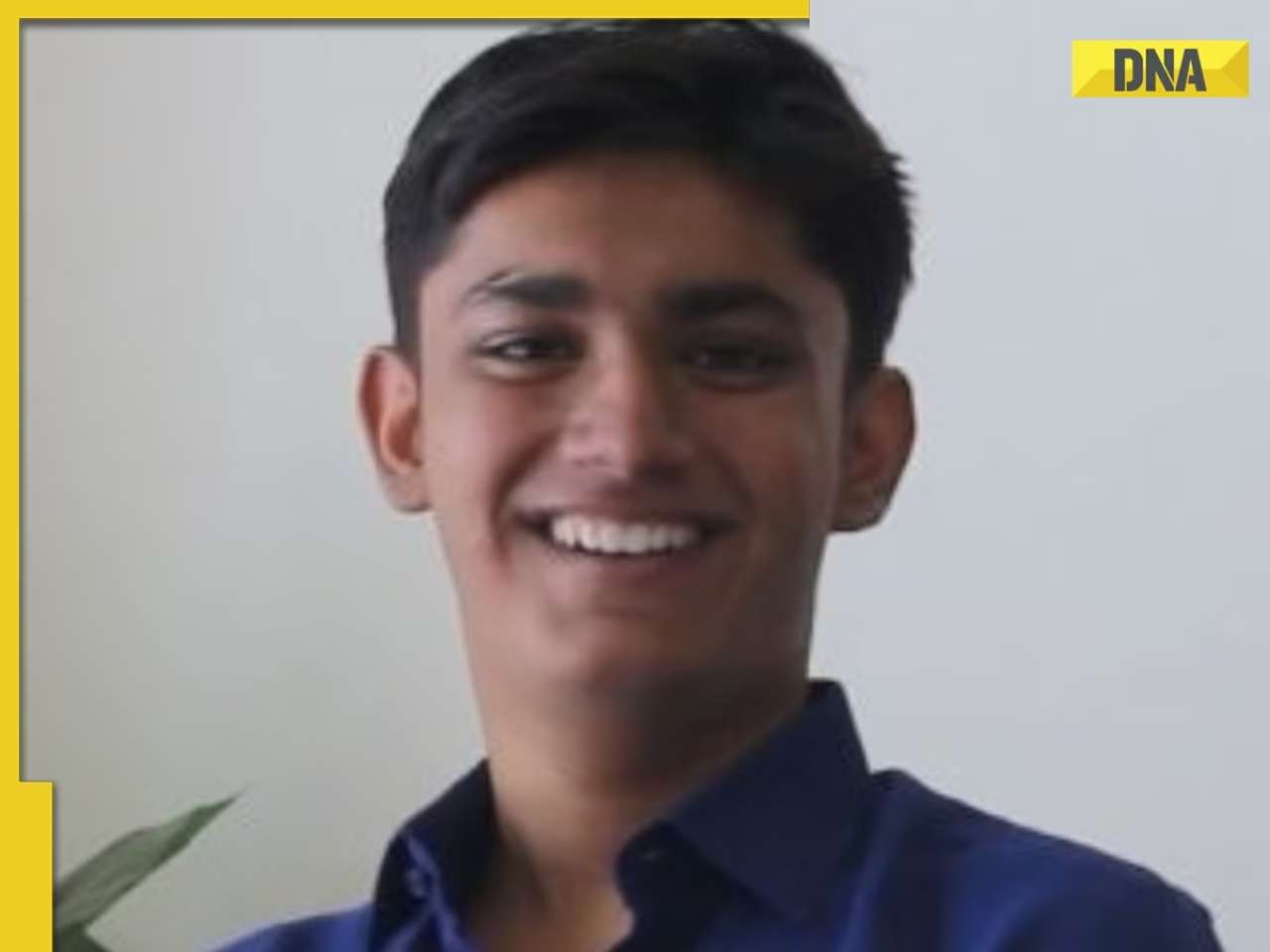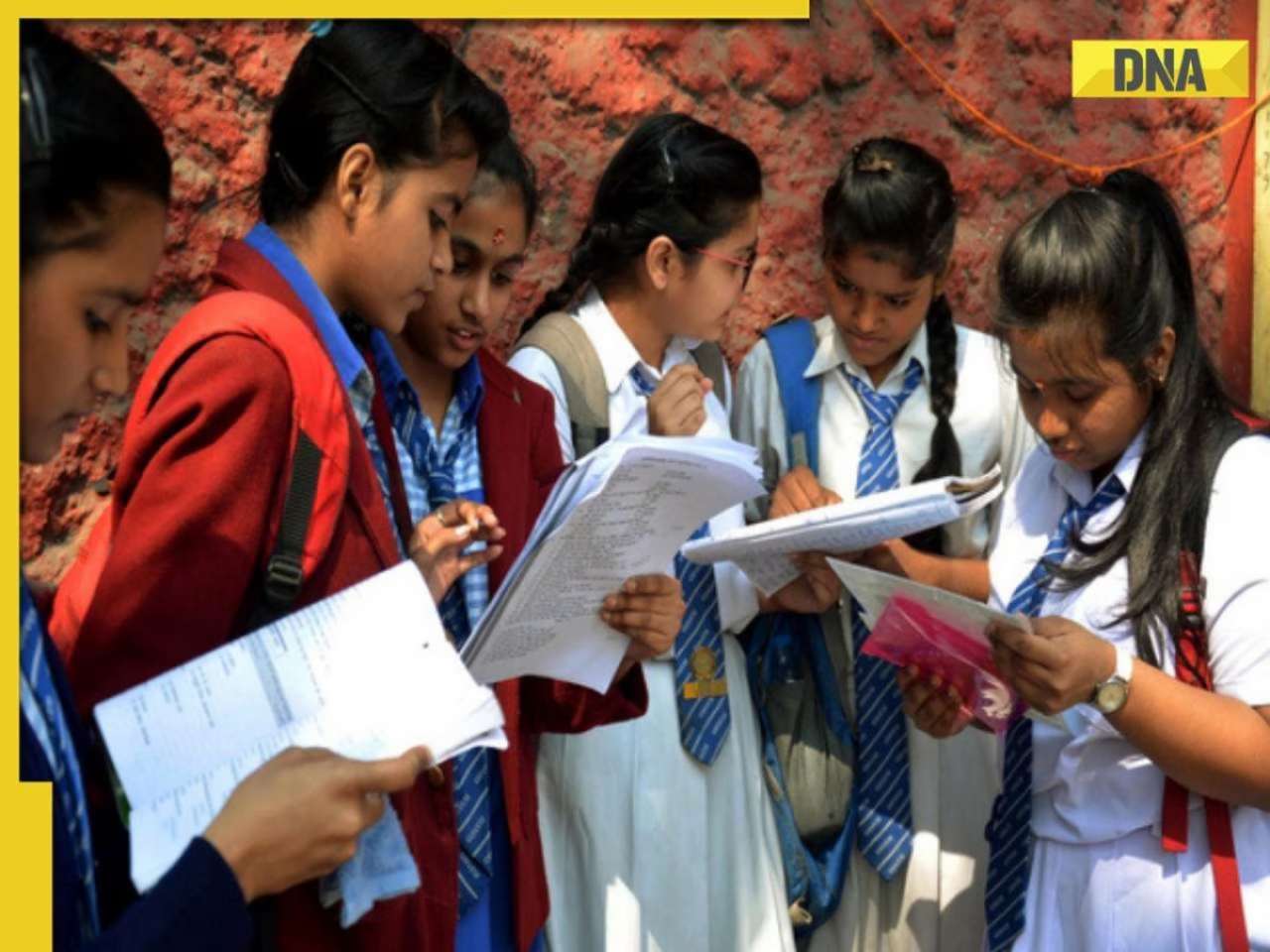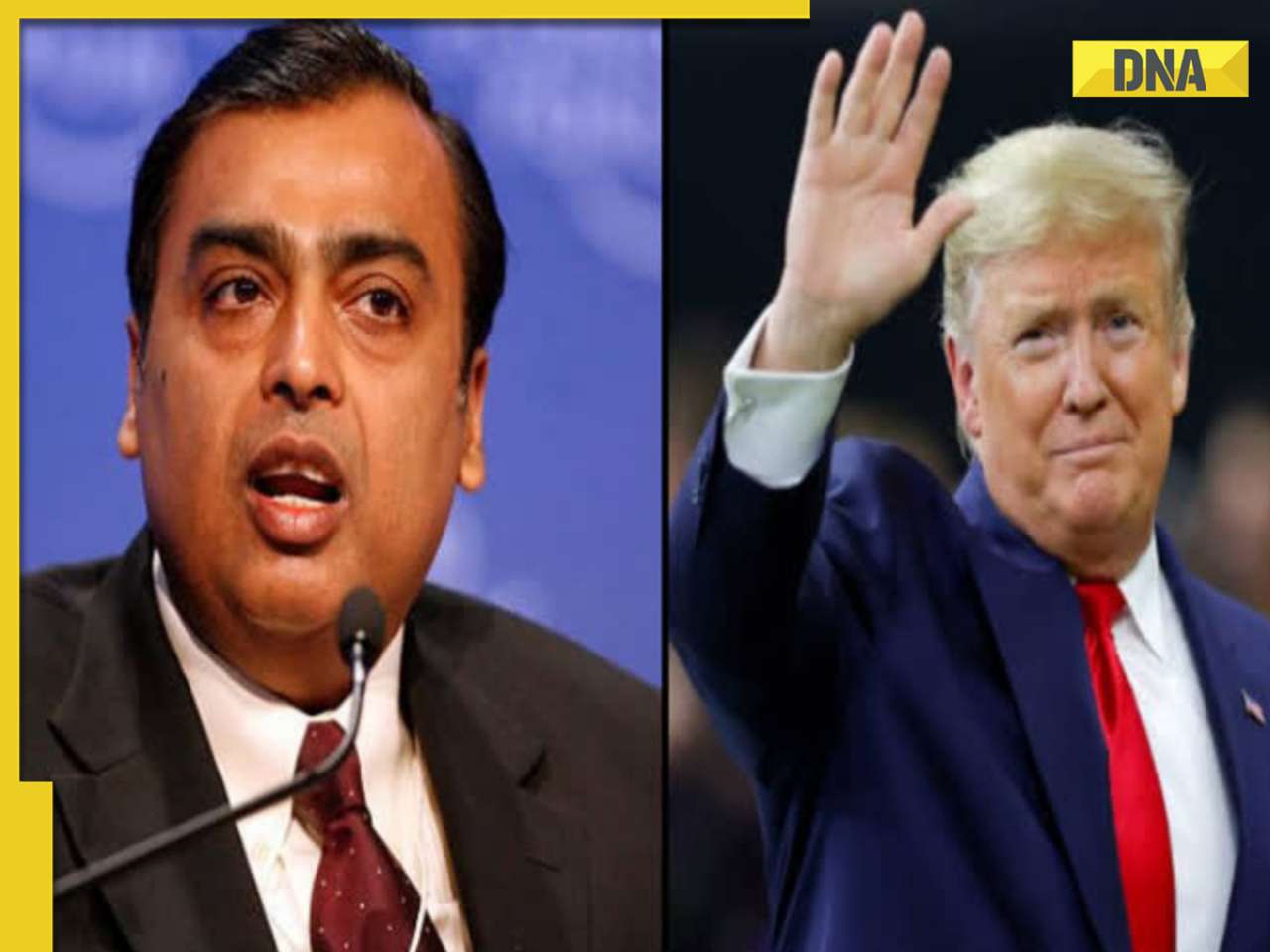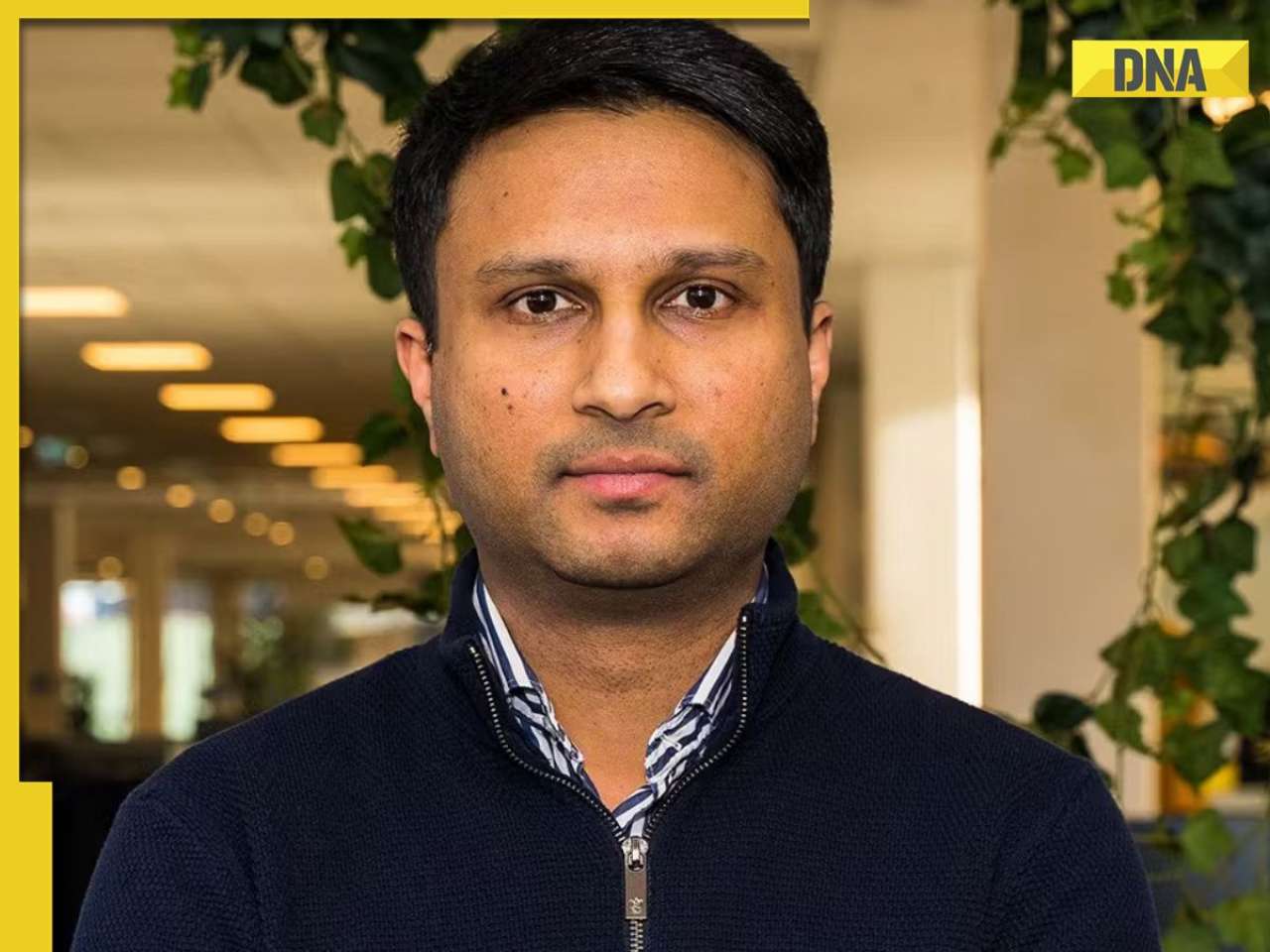- LATEST
- WEBSTORY
- TRENDING
VIRAL
THIS man helped revolutionise the AI world, exited OpenAI after Mira Murati, set to join Google as...
Tim Brooks is leaving OpenAI, where he co-led the Sora video generator project, to join Google DeepMind.
TRENDING NOW
Tim Brooks, an important figure at OpenAI, has announced his departure from the company to join Google’s DeepMind, a renowned AI research division of Google. At OpenAI, Brooks played a significant role in the development of a project called "Sora," a video generation system he co-led with William Peebles. Although Sora is designed to create video content, it has not yet been released due to various technical challenges.
In his farewell message on X (formerly known as Twitter), Brooks expressed gratitude for his two-year journey at OpenAI, where he made substantial contributions to the Sora project. Moving forward, he will focus on advancing video generation technologies and developing "world simulators" at DeepMind. These simulators are AI-powered models capable of creating and simulating entire virtual environments, which could be beneficial in fields such as gaming, filmmaking, and AI training.
Demis Hassabis, the CEO of DeepMind, welcomed Brooks and noted that his expertise would be crucial in bringing the ambitious concept of a "world simulator" closer to reality. Although the term might seem vague, it refers to advanced AI systems like DeepMind's Genie, which can generate interactive virtual spaces based on images, sketches, and real photos.
Tim Brooks' Role at OpenAI
During his time at OpenAI, Tim Brooks was instrumental in steering the development of Sora, helping to set the research direction and leading the training of large models for video creation. Sora was made public in February 2023 but encountered significant technical hurdles, particularly regarding its processing speed. It reportedly took over 10 minutes to create just a 1-minute video clip, which placed it at a disadvantage compared to competing systems developed by other companies, such as Luma and Runway, which are known for their more efficient video generation tools.
Brooks’ exit comes as OpenAI is working on an upgraded version of Sora to resolve these issues. The company is actively seeking ways to improve the system’s speed and performance to stay competitive in the fast-evolving landscape of video generation technology. Despite these ongoing efforts, Brooks has chosen to move on, likely in pursuit of new challenges and opportunities at DeepMind, where his knowledge of video generation and AI models can be further enhanced.
What Will Tim Brooks Do at Google DeepMind?
At DeepMind, Brooks will concentrate on video generation technologies and the creation of "world simulators." While still being defined, these simulators are intended to build interactive, controllable virtual worlds. The potential applications for these simulations are extensive, spanning gaming, film production, and AI research. For example, DeepMind’s Genie can create entire virtual environments from synthesized images, real-world photos, or even simple sketches. These environments can be used for interactive content creation, allowing users to explore and engage with the simulated spaces.
Brooks’ transition to DeepMind indicates his desire to further his work in these innovative technologies. His experience in video generation from his time at OpenAI will be invaluable as he explores the possibilities of world simulators and AI-driven video creation.
In conclusion, Tim Brooks is a talented researcher moving from OpenAI, where he helped develop the Sora video generator, to Google DeepMind. At DeepMind, he will focus on video generation and world simulators, which have the potential to create immersive virtual environments for various applications in gaming, film, and AI training.

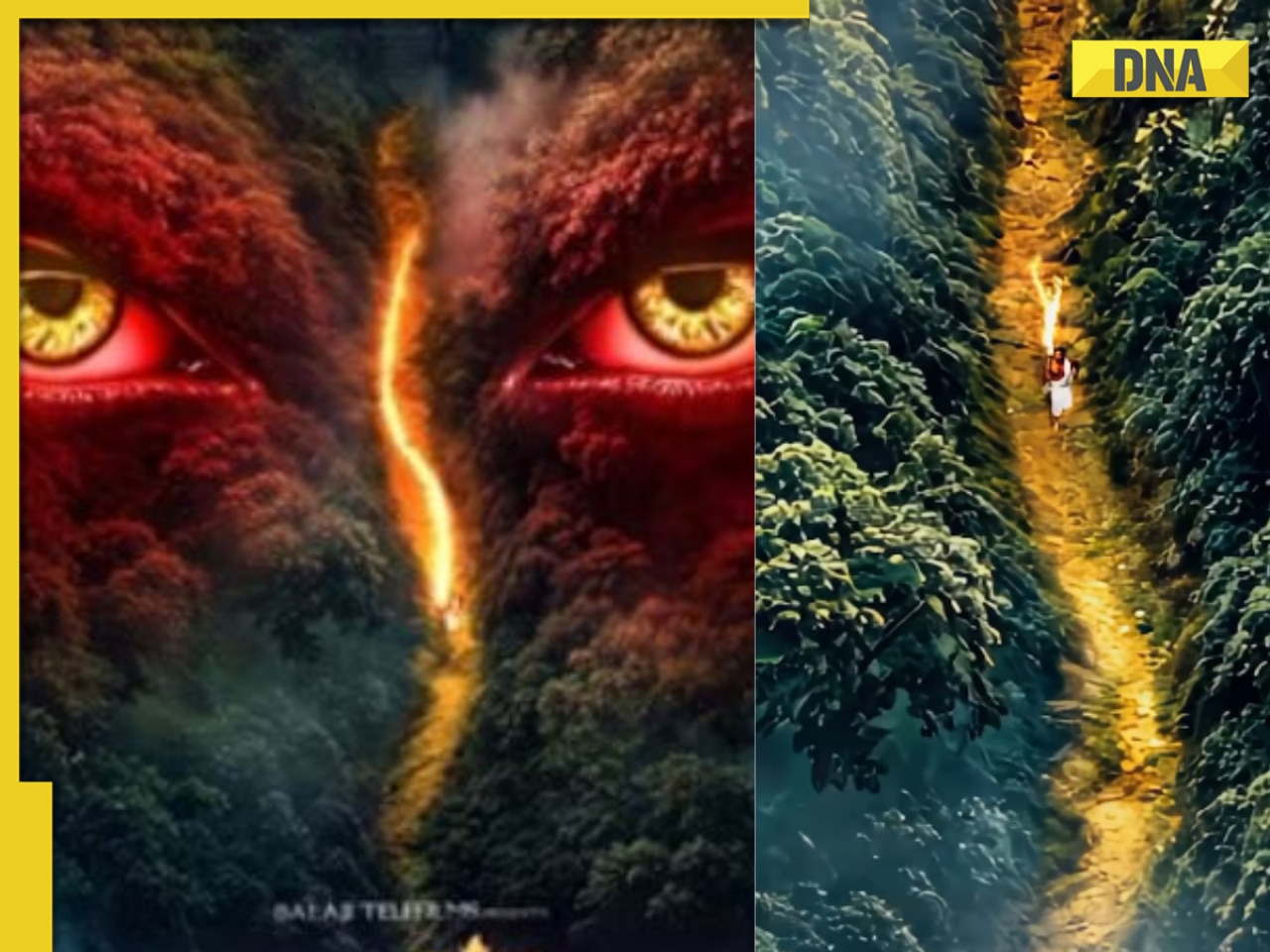
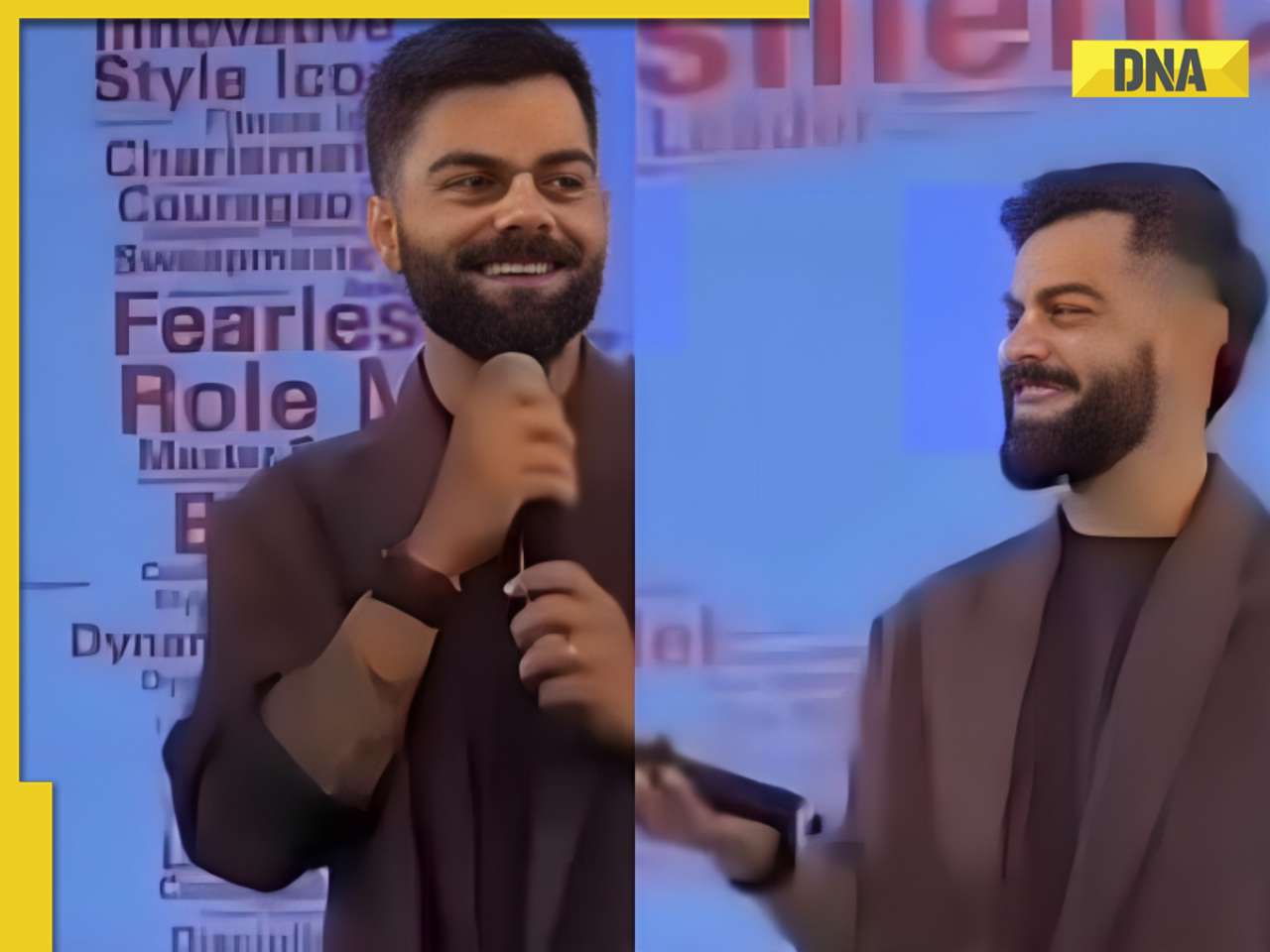




)
)
)
)
)
)
)
)
)
)
)
)
)
)
)
)





